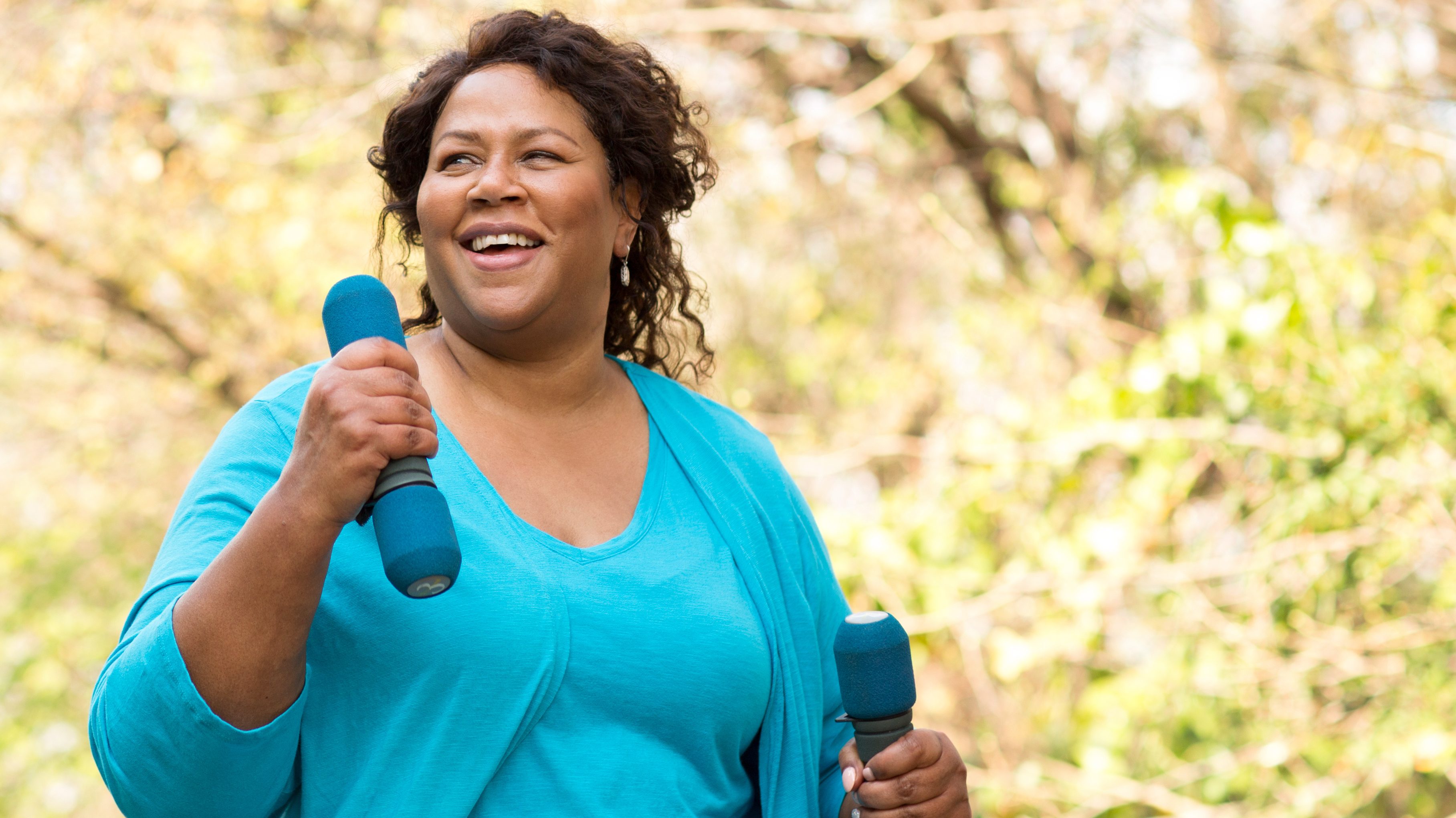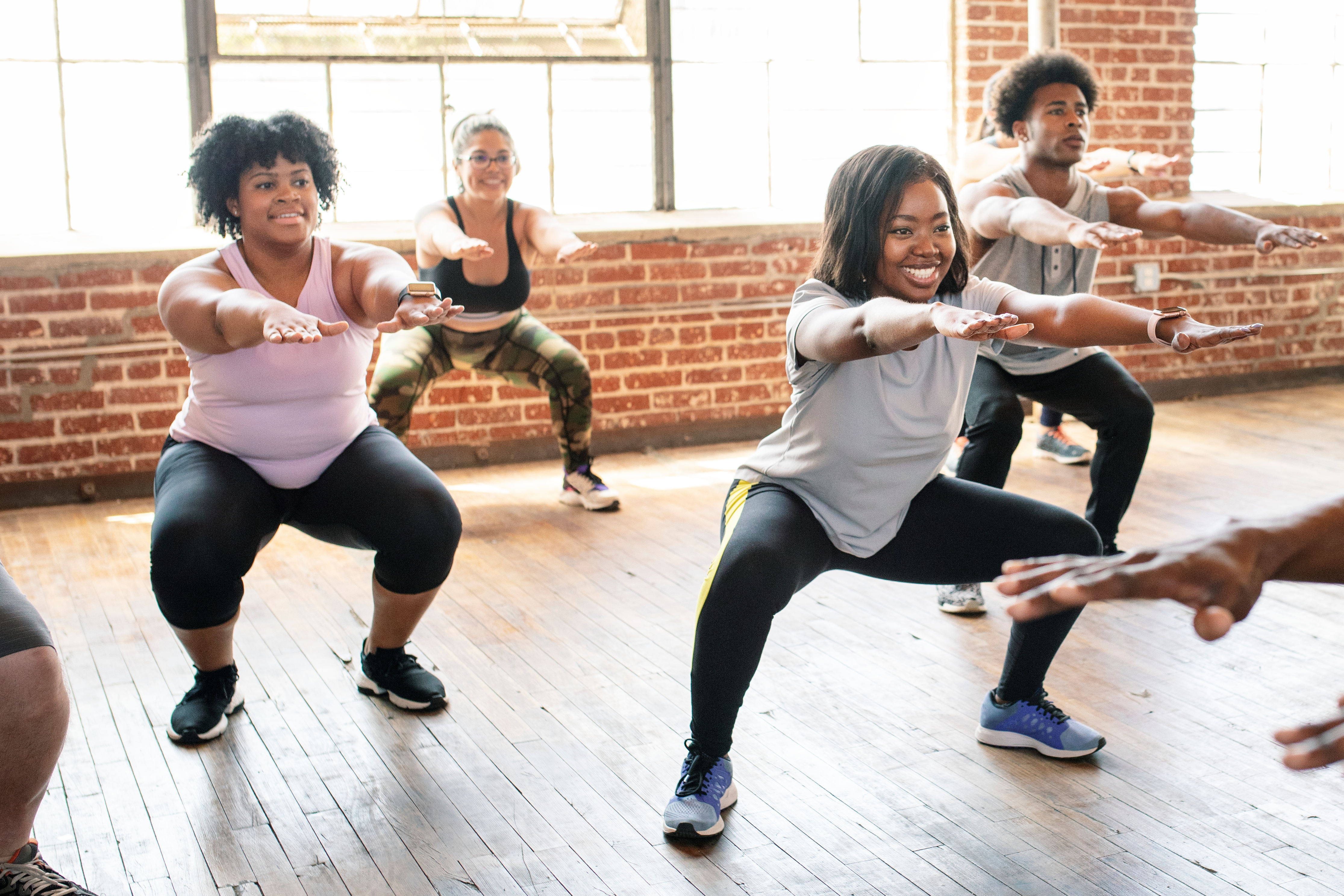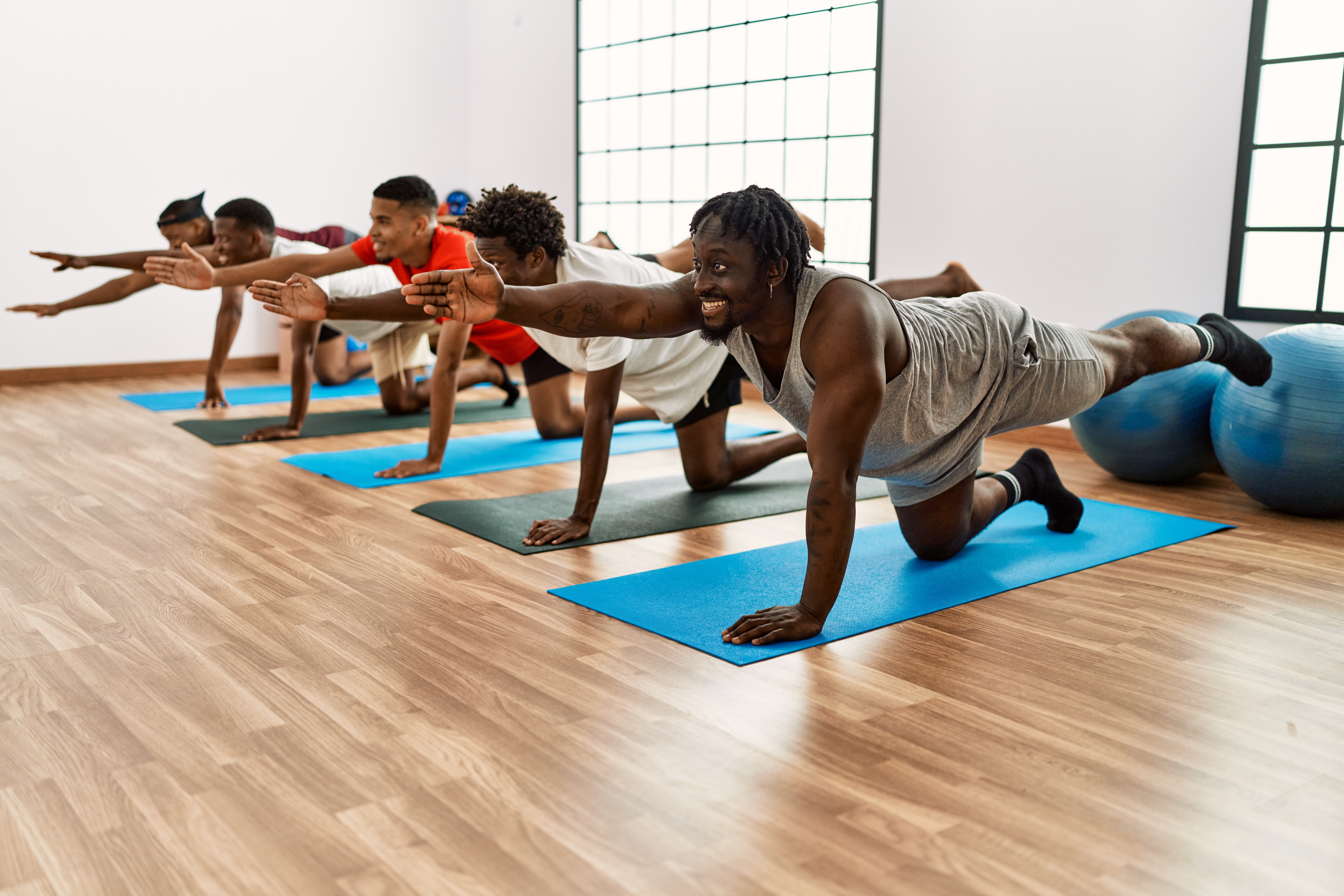If you have the habit of quitting resolutions or are wondering why New Year’s resolutions fail so often, you’re not alone.
If you’re like most people, the idea of a new year makes you dream of fresh goals and resolutions. You have an idea of the kind of person you want to be: more organized, more active, more frugal, more something. You create a list of ambitious New Year’s goals and dive in on January 1st. So why do New Year’s resolutions often fail?
Despite good intentions, New Year’s goals peter out for many of us, and quickly. Some estimates suggest that nearly half of all people quit working toward their resolution by the end of January, and less than 10% go on to achieve their goal during the year. It’s so common that the second Friday in January is now known as “Quitter’s Day.”
If you have the habit of quitting resolutions or are wondering why New Year’s resolutions fail so often, you’re not alone. “If change were easy, we’d have done it already,” says psychologist Jodie Eckleberry-Hunt, author of “Badass Stories.” “We’re talking about fighting habits and long-standing tendencies.”
First things first: If you’re feeling like you’ve failed, take a deep breath and forgive yourself — you’re only human. Next, figure out why New Year’s resolutions fail for you, and follow these steps to help you get closer to your New Year’s goals, realistically.
Step 1: Study the problem

Think about what happened. Did you veer off track because your goal was too big, or too inconvenient? Think about all the aspects of the goal. What were you planning to do, and when and how did you think you would do it? Perhaps your resolution was to start exercising at 6:00 a.m. every day, but you’re a night owl or already have a packed morning routine. Without judgment, walk yourself through the resolution and what prevented you from sticking to it.
Step 2: Be specific about your goals

What trips a lot of people up is that they make vague resolutions, like “be healthier.” Instead, “Be specific. Drill down into what you really want,” Eckleberry-Hunt says. Give yourself concrete steps, like walking a mile after work two days a week, adding veggies to your breakfast, or meditating for five minutes a day. Make the goals specific and measurable enough that you can check them off a list.
Step 3: Break it down

Tiny goals are key. If your goal is to read more or do some resistance exercise, it’s better to spend one minute doing it than none. Working on your goal for one minute at a time may feel silly at first, but doing that every day and being consistent can go a long way. “No matter how much you want to cultivate a healthy habit, you won’t be able to do it reliably if you start big,” writes Stanford behavior scientist BJ Fogg in his book “Tiny Habits.” “Tiny allows you to get real with yourself and your life.” And once you’ve been successful at a new habit — even a tiny one — you have the momentum to accomplish more.
Step 4: Be nicer to yourself

Telling yourself you’re a failure isn’t going to get you anywhere. “All learning is useful if we can look at it as data without the judgmental eye,” Eckleberry-Hunt says. “The judgment just skews the vision.” Instead of berating yourself, talk to yourself as you would coach a friend who’s struggling. This doesn’t just feel good; research shows that positive self-talk can help improve performance, reduce anxiety, and more.
Step 5: Adopt a learner’s mindset

Instead of thinking of a lapsed resolution as a failure, consider what you’ve learned. Maybe your resolution was to stop eating fast food, but you had a stressful day and went straight for the fries and milkshake on the way home. Rather than beating yourself up, note what you’ve learned: Stress is a trigger for you to crave fast food. Knowing that, how can you prevent it next time – what habit can you use to replace hitting the drive-thru? Think about other things that soothe you, such as a bath, a call with a friend, a workout, etc., and make a plan for exactly what you’ll do the next time.
Step 6: Set up a support system

Gathering others to help you can make a difference in reaching your New Year’s goals, Eckleberry-Hunt says. You can ask family members or friends to help, or talk to a therapist, she notes. Maybe your bestie texts you on Sundays to remind you to meal prep, or you make a plan to meet your sister or a gym-loving friend for a workout class once a week. Research indicates that having strong relationships is good for mental and physical health; having people who care about you around you can help you have the strength and fortitude to reach your goals. Eckleberry-Hunt also recommends journaling, as it can give you insight into your behavior and more data to work with.
Step 7: Be flexible

True behavior modification takes time and often requires troubleshooting, but people frequently make rigid goals and then throw up their hands when things don’t happen just so, Eckleberry-Hunt says. Instead, make changes as needed and keep going. Research shows that people who are flexible with their goals tend to have better mental well-being.
“There’s no failure unless one gives up,” Eckleberry-Hunt says. “There’s only learning.” When things don’t go as you’d hoped, look at it as a chance to learn where you went wrong, and course-correct.
This article was originally published on Clean Plates.
!function(){var g=window;g.googletag=g.googletag||{},g.googletag.cmd=g.googletag.cmd||[],g.googletag.cmd.push(function(){g.googletag.pubads().setTargeting(“has-featured-video”,”true”)})}(); ( () => { ( ( cb ) => { window.tpd = window.tpd || {}; if ( true === tpd.cmpReady ) { console.log( ‘[TPD][Brid] CMP was already ready, running player.’ ); cb(); return; } let tpdCmpReadyListener = () => { console.log( ‘[TPD][Brid] CMP ready event fired, running player.’ ); window.removeEventListener( ‘tpd:cmpCb’, tpdCmpReadyListener ); cb(); }; window.addEventListener( ‘tpd:cmpCb’, tpdCmpReadyListener ); } )( () => { let s = document.createElement( ‘script’ ); s.src = ‘https://player.target-video.com/player/build/targetvideo.min.js’; s.async = true; let target = document.getElementById( ‘Brid_21951’ ); target.parentElement.insertBefore( s, target ); window._bp = window._bp || []; window._bp.push( {“div”:”Brid_21951″,”obj”:{“id”:”41122″,”width”:”1280″,”height”:”720″,”stickyDirection”:”below”,”playlist”:”21951″}} ); } ); } )();
More must-reads:






